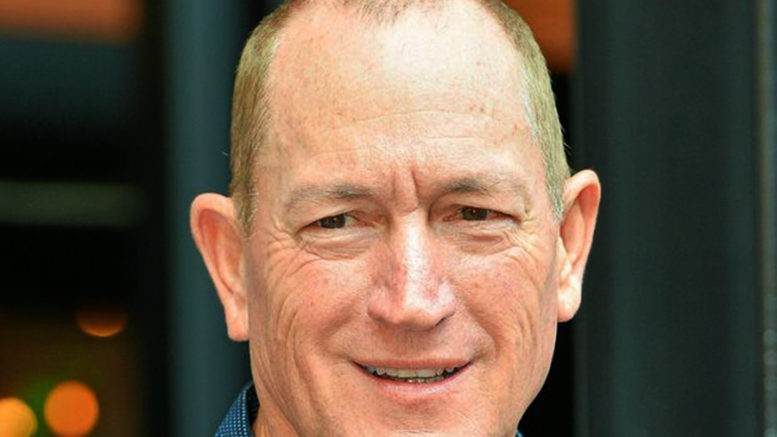Contributed by Joe Montero
Pauline Hanson’s leadership style has certainly contributed to the departure of a growing list of departures of One Nation’s members of parliament. A party moulded around her personal image and wish, is bound to rankle with those feeling they are being denied a legitimate voice.
But on its own, this too easy an explanation for the depth of the troubles that are enveloping One Nation. There is something more fundamentally wrong that cannot be explained away by focusing on the personalities.
Those of us who have insisted that at the most basic, the problem is the divide between what One Nation claims to be and what it does, is being proved right by the unfolding of events.
The latest incident is the defection of the new Senator Fraser Anning on his first day in office. He had just come in to replace Malcolm Roberts, who had lost his seat over the dual citizenship fiasco. But on his first day, Anning walked away from One Nation and became an independent.
Anning says he had been a long time personal friend of Hanson’s, but this came undone at a single meeting last week, which he suggests, “went to hell in a handbasket”. He says he was expelled from the party. Hanson denies it and insists Anning “abandoned” the party. Whichever claim is the truth, there was an argument was over who has the right to hire the member’s staff. Anning had included several who had worked for Roberts, but did not have the approval of Hanson or her chief advisor James Ashby, and he was smacked down for the impertinence.
Hanson’s dynastic style is not limited to this particular incident. There is a history of it and it has been becoming increasingly pronounced since the last federal election, as the duo consolidate their top down control, over all decision making and how the party’s finances are spent.
This ties back to the assertion of the divide between the discrepancy between what the party claims to represent and what it does.
One Nation was born out of a reaction of perceived betrayal of the interests of ordinary people by traditional politicians. The revolt was most marked in National Party stronghold in Queensland and New South Wales, which had gone backwards economically and residents resented the decline of services, lack of employment opportunities and left behind the rest of Australia. These areas are among the poorest in the nation. People who live in them believed that the new party would make a difference. Many of the original One Nation activists had played important roles in battles against privatisation of government services and other aspects of neoliberal policy.
Pauline Hanson looked like the anti-politician, who did not speak with a silver spoon in her mouth. People identified with this.
Then in stepped Rupert Murdoch, who adopted Hanson, created a media personality and pulled her into his political orbit. Negative divisive features and the politics of hate were brought to the forefront and a became the party’s emblem. Many of the initial concerns behind the rise of One Nation were left behind.
In other words, the party was taken away from the grass roots and into News Corporation’s boardroom. Hansom and Ashby work for them, and they in turn, follow policy that originates with News Corporation.One Nations’ existence is now dependent on the support of the media monopoly. This is why the image of Pauline Hanson is in charge and there is a lack of internal collective democracy, creating a tension that can only become more intense.
The remade One Nationis primary purpose is to exert pressure on the Coalition parties to be even more partisan to big business and the wealthiest section of society.alongside this, News Corporation has been running an ongoing campaign to get rid of the Malcolm Turnbull leadership and promoted Tony Abbott and others of the like-minded wing of the Coalition, assisting to consolidate them into a political force. One Nation assists in building this political force.
It explains why it has been acting as an appendage of the federal government, using its numbers to support virtually every policy it puts forward. At the same time. One Nation uses this relationship to push the boundaries further and has become the number one backer of extreme neoliberalism, austerity, privatisation, the cutting of government services, downgrading of working conditions and opponent of sustainable development.
While there exists a measure of intolerance within the One Nation camp, it is also true that many of the core aspirations of the members and supporters are the opposite to what those in control are applying.
Although One Nation still retains capacity to exploit the anti-politician sentiment, which remains strong when people feel they are being denied justice by a suite political elite. Its present day performance in Queensland is testimony to this capacity. But the ride can only be temporary. Sooner or later, the internal contradiction, re-enforced by Hanson’s dictatorial style, will sink the ship. The only uncertainty is over what will then rise from it.


Be the first to comment on "One Nation’s loss of Fraser Anning is part of an ongoing sickness"